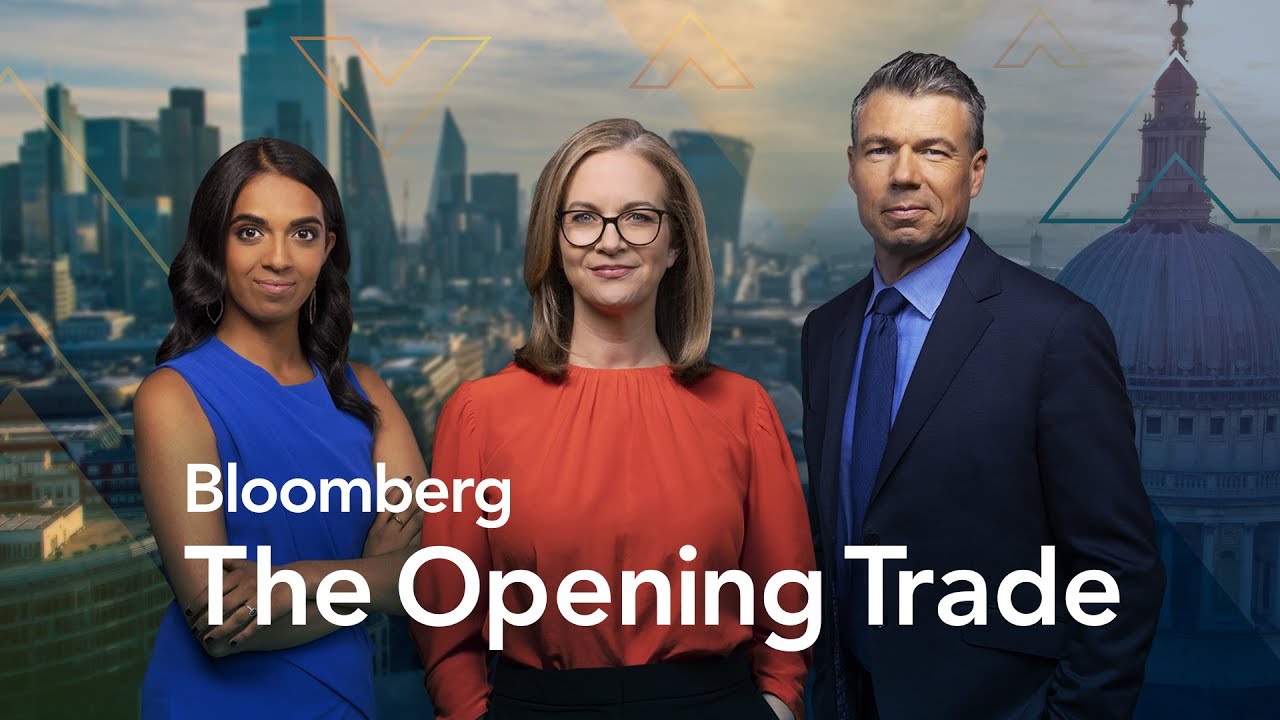The video discusses the interplay of financial markets and geopolitical tensions, highlighting AI-driven investment surges, trade disputes between the U.S., Europe, and China, and regional instability in Eastern Europe with warnings from Ukraine’s president about Russian interference. It also covers Europe’s infrastructure investment needs, central bank policies, and notable corporate developments, emphasizing the complex challenges and opportunities shaping global economic and political landscapes.
The video “AI’s Crazy Trades, Zelenskiy’s Moldova Warnings | The Opening Trade 9/25” covers a broad range of financial and geopolitical topics impacting global markets. It begins with a discussion on the current state of U.S. futures, which are slightly higher after a pause in Wall Street’s rally. Investors are debating whether the tech sector is in a bubble, especially with the surge in AI-related investments. Intel is reportedly in talks with Apple for potential investment, following significant funding from NVIDIA and the U.S. government. Meanwhile, the U.S. is preparing to impose tariffs on European robotics and medical devices, escalating trade tensions as China urges its companies to avoid price wars with the U.S.
The conversation then shifts to the European market, where copper prices have surged to a one-year high due to supply disruptions in Indonesia, benefiting mining stocks like Glencore and Rio Tinto. European car sales have also risen for the second consecutive month, driven by strong demand for electric and hybrid vehicles. Chinese automaker BYD is notably outperforming, tripling its deliveries and gaining market share in Europe, while Tesla’s sales have declined significantly. The video highlights the competitive pressure European carmakers face from Chinese rivals and the broader implications of trade policies on the automotive and industrial sectors.
Geopolitical concerns are also a major focus, with Ukrainian President Volodymyr Zelenskiy warning Europe about Russian interference in Moldova’s upcoming elections and the broader regional instability. The U.S. stance on Ukraine is described as a negotiating tactic by former President Trump, with skepticism about new military support despite rhetoric. The video underscores the complex dynamics in Eastern Europe, where Russian influence and Western support are in a delicate balance, affecting security and political stability in the region.
In the realm of private markets and investment, the video features insights from a conference in Paris discussing Europe’s role in AI infrastructure and private credit markets. Brookfield’s head of alternatives explains that Europe requires trillions in capital to upgrade and build new infrastructure, with private investors playing a crucial role amid strained government budgets. The discussion emphasizes the importance of public-private partnerships and the unique challenges and opportunities in European markets compared to the U.S., particularly in financing AI and energy projects.
Finally, the video touches on central bank policies and economic outlooks, including the Swiss National Bank’s decision to hold rates steady amid inflation concerns and the ongoing challenges posed by U.S. tariffs on Swiss exports. Market experts debate the sustainability of the current stock rally, the potential impact of AI investment on interest rates, and the future direction of the Federal Reserve under new leadership. The segment concludes with a look at individual stock movements, including H&M’s strong quarterly performance driven by cost control and favorable market conditions, and HSBC’s breakthrough in quantum computing, signaling technological advancements in financial markets.
